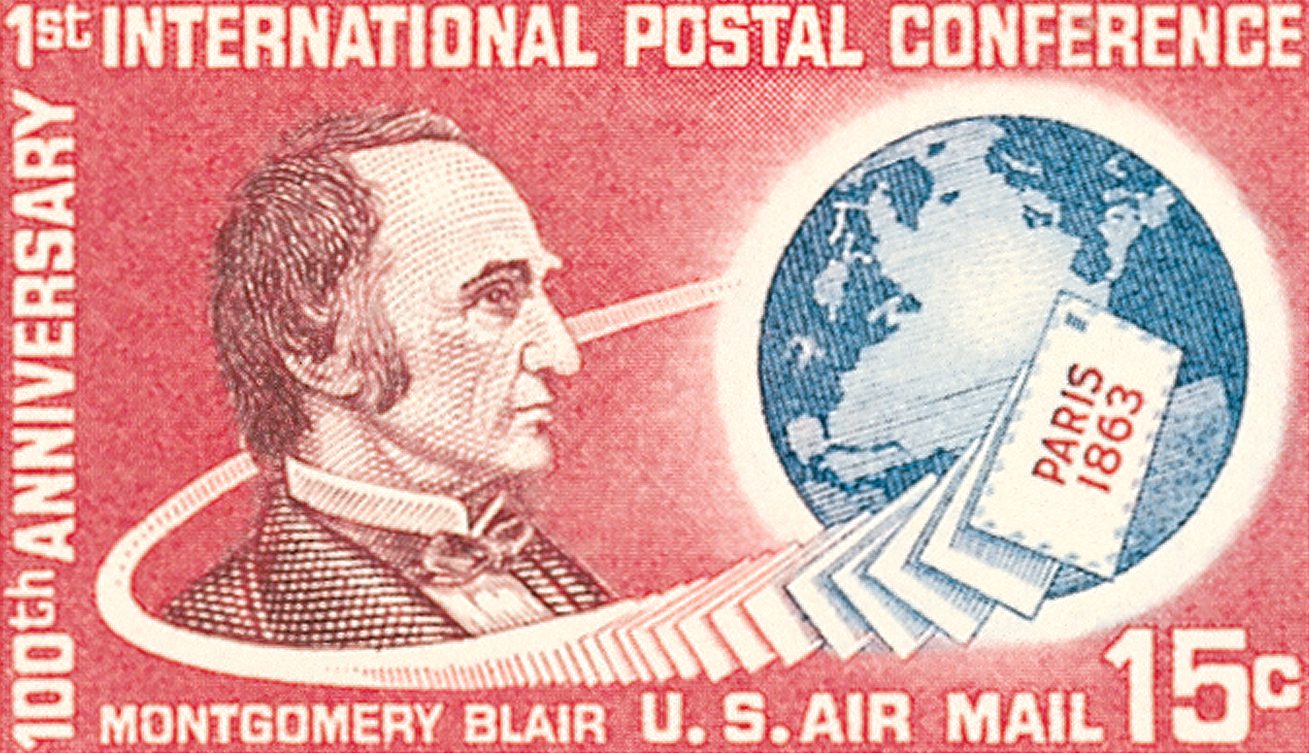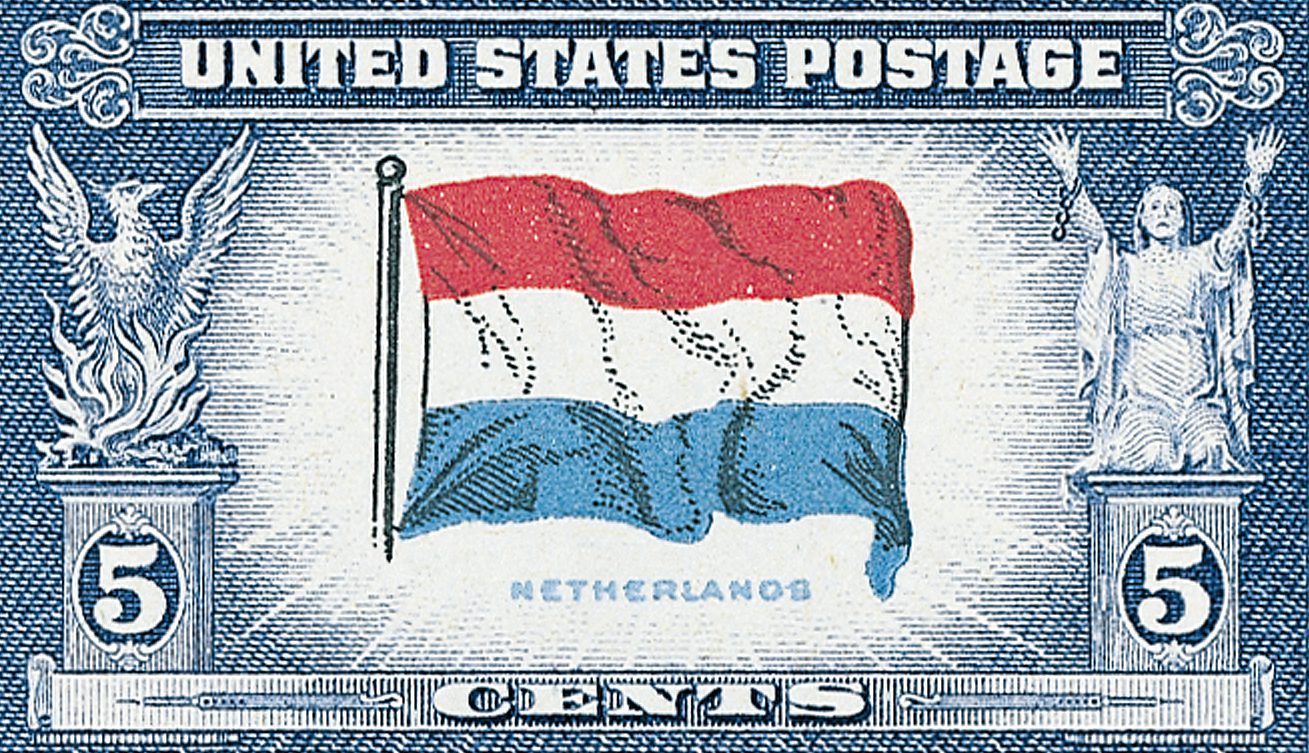America Issues First Airmail Stamp
On May 13, 1918, the United States issued its first airmail stamp – US #C3. It carried America’s first airmail two days later, and sparked one of the world’s most famous stamp rarities.

On May 13, 1918, the United States issued its first airmail stamp – US #C3. It carried America’s first airmail two days later, and sparked one of the world’s most famous stamp rarities.

On May 11, 1863, representatives from 15 nations met in Paris to discuss postal issues. That first International Postal Conference would eventually lead to the creation of the Universal Postal Union.

On May 7, 1861, President Abraham Lincoln accepted the “honor of citizenship” from San Marino. It was one of the earliest instances of US and San Marino relations, which wouldn’t be formally established for decades.

Beloved child star and diplomat Shirley Temple was born on April 23, 1928, in Santa Monica, California. Temple starred in over 40 films by the time she was 12, and went on to become the first female ambassador to Czechoslovakia.

On April 19, 1782, John Adams secured recognition from the Dutch Republic of the United States as an independent government. This marked the start of one of America’s longest unbroken peaceful relationships with another nation.

On April 14, 1890, the United States and several Latin American countries created the Pan American Union to address matters of common interest. This day has since come to be known as the “Day of the Americas” and “Pan American Day.”

On April 12, 1792, Montauk Point Light was authorized by President George Washington. It was the first lighthouse built in the state of New York and one of the first public works projects of the United States.

Dean Gooderham Acheson was born on April 11, 1893, in Middletown, Connecticut. Serving in the state department for over a decade, he was influential in many of the United States’ World War II and post-war initiatives, including the Lend-Lease Act, Marshall Plan, and NATO.

Maya Angelou was born Marguerite Annie Johnson on April 4, 1928, in St. Louis, Missouri. Poet, actor, author, teacher, and activist, Angelou became an influential voice of the 20th century.